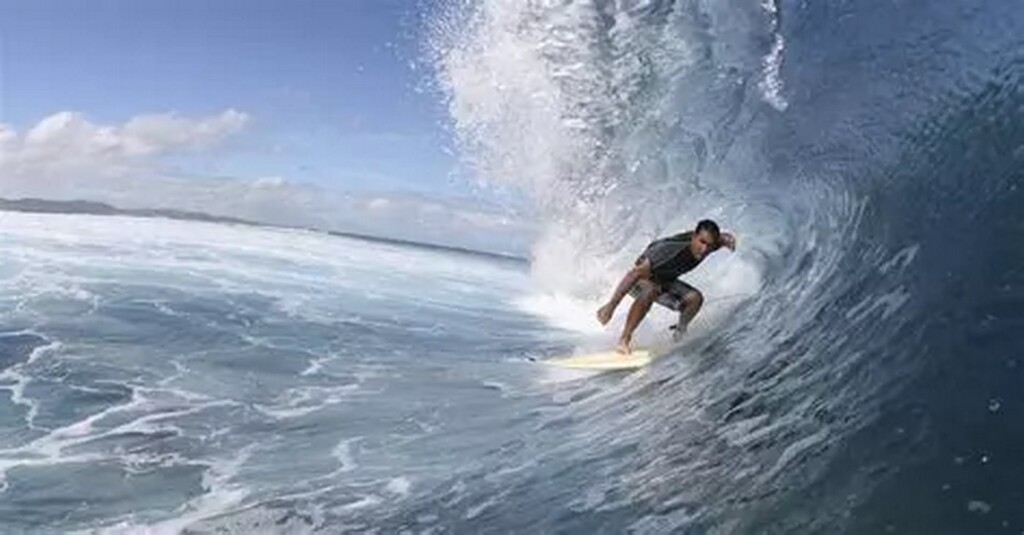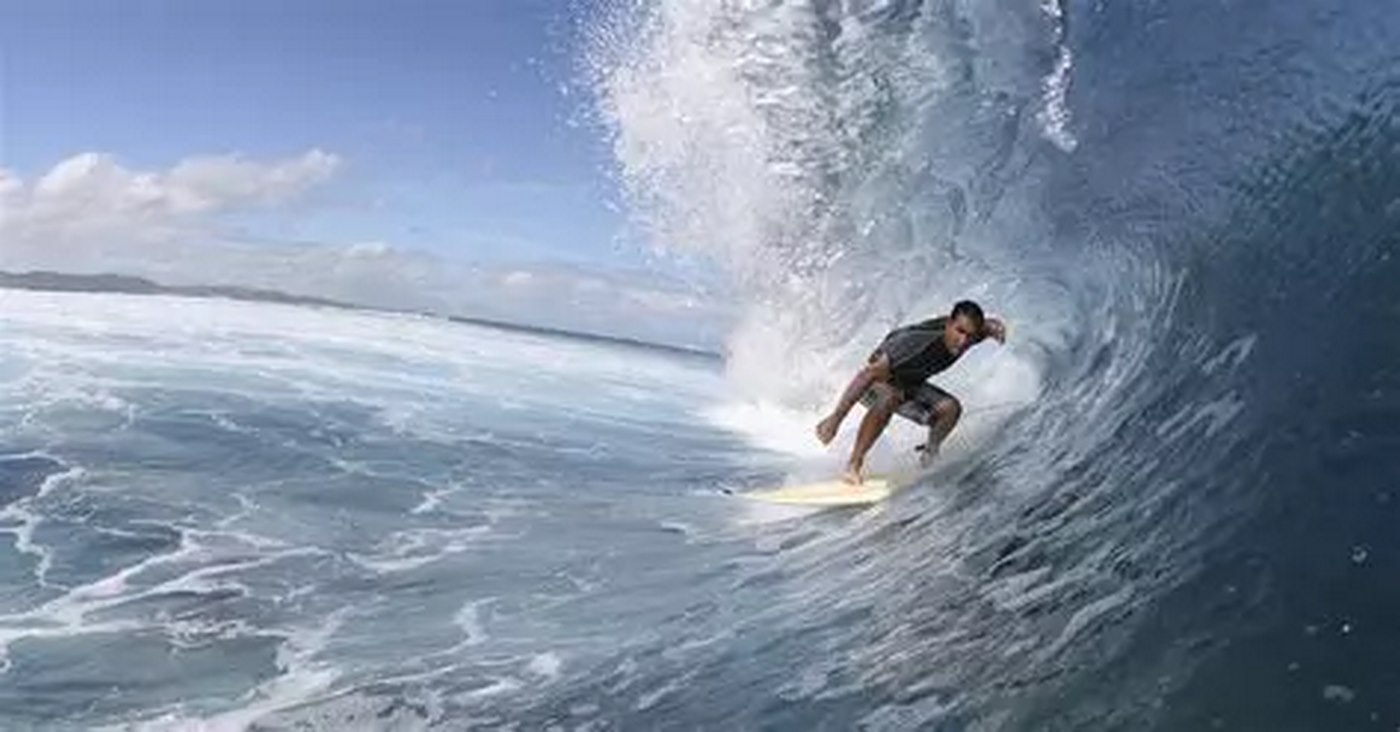
Nearly 90 million metric tonnes of planet-warming carbon have been found surrounding surf breaks across the world, making these coastal locations essential climate allies and ideal locations for conservation efforts.
The news came from a groundbreaking study by conservationists examining forests, mangroves, and marshes around surf breaks—submerged features like rocks or reefs that create great surfing areas.
All the better as far as the surfers themselves are concerned. Protecting these coastal ecosystems from development means more space, and more waves, for them.
For the study, researchers analyzed more than 4,800 popular surf spots across 113 countries and found that immediately surrounding areas (within 0.6 miles or 1 kilometer of the waves) store over 88 million tonnes of irrecoverable carbon. That’s roughly equivalent to the annual emissions from 77 million gas-powered cars.
When the surrounding area is expanded to 3 kilometers or 1.8 miles, the amount of carbon stored in the ecosystem more than doubles to 191.7 million tonnes. Irrecoverable carbon refers to the carbon-rich lands humanity must protect to prevent the worst impacts of climate change according to the most up-to-date models.
“This research demonstrates the enormous role that protection of surf breaks and surrounding coastal areas can have in our global fight to reverse biodiversity loss and combat climate change,” said Scott Atkinson, a surfer, senior director of surf conservation at Conservation International, and an author of the study.
“Our study shows where we must now focus on legally protecting these areas. Surfers across the world are fantastic allies for efforts like this—they love the ocean, know that it is threatened, and are extremely motivated to protect it. They’ve been ‘on board,’ so to speak, helping to lead the establishment of all the Surf Protected Areas we’ve partnered to create.”
To date, Conservation International—which partners with the surfers from the Save the Waves Coalition, has contributed to the establishment of 30 Surf Protected Areas in Indonesia, Costa Rica, and Peru. These Surf Protected Areas are centered on surf breaks and seek to protect their larger surrounding ecosystems including coastal forests, mangrove, beaches, seagrass, coral reefs, and the waves themselves.
OTHER REASONS TO PROTECT NATURE: Conservation Almost Always Provides Incredible Results, First-of-its-Kind Report Shows
Over half of these (23 Surf Protected Areas) have been established in Indonesia, which was used in the paper as a case study in creating an effective network of community-based protections. Collectively, the 23 locations form Indonesia’s initial Surf Protected Areas Network covering more than 60,000 hectares, which can be expanded to hundreds of world-class surf sites across the incredibly biodiverse and carbon-rich country.
Atkinson also highlighted the positive impacts of the community-based Surf Protected Areas on Morotai Island in Indonesia, the focus of the paper’s case study.
“They are protecting precious marine and coastal ecosystems and strengthening community bonds and cultural heritage. Local people on Morotai have surfed on handmade wooden boards since at least World War II and have a strong surf culture,” he said.
SURFING STORIES: Surfer Taps Love of Sailing to Design Surfboard Bags Hand Sewn from Old Sails Destined for Landfills
“Additionally, local surf and conservation-related livelihoods are starting to flourish, with eco-friendly tourism and sustainable fishing practices becoming the norm. The community’s involvement in conservation efforts has fostered a sense of pride and ownership, showcasing the power of grassroots initiatives in achieving lasting environmental and social benefits.”
SHARE This Tubular News With Your Friends Who Love The Waves…




















